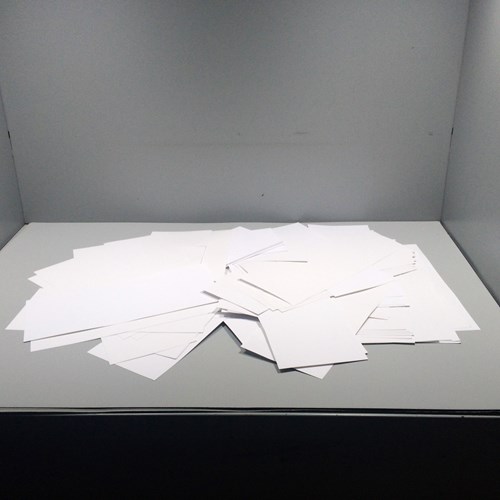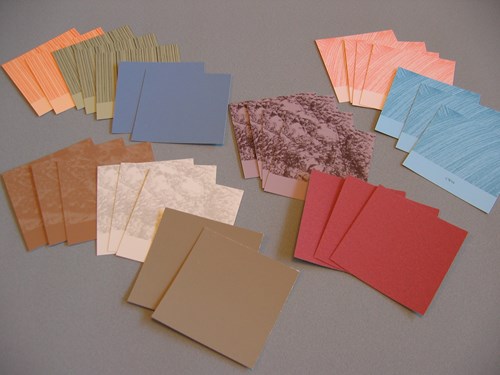If you were asked, what color is a lake? You would probably answer blue or green and be somewhat taken aback by the simplicity of the question. What if you were asked is a lake always one color? You would probably answer yes and be even more convinced that the question is some kind of trick, and you would be right. This week in Thinking Color we examine two very special bodies of water that defy color expectations.

We begin in Utah at the world-renowned Great Salt Lake. In 1904 the Union Pacific Railroad constructed a causeway across the lake that split the water into two sections. The causeway prevented the northern and southern portions of the lake from mixing. Over time the northern section of the lake increased in salinity causing the color of the water to turn purple. The southern section, which still has three rivers flowing into the lake, remained a blue-green. When viewed from the air the color difference is spectacular.

In China’s Shanxi province there is another lake that is two very distinct colors. Much like the Great Salt Lake Yuncheng Lake also has a high salt content. Unlike in Utah however, it was not the meddling of manifest destiny that caused this unique color scheme. Every year massive blooms of algae appear in the lake. This algae appears green in normal water conditions but due to the high salt content of Yuncheng Lake the algae appears in an ominous red shade.

Whether caused by human activity or natural causes these two lakes continue to show how colorful our natural world can be.






